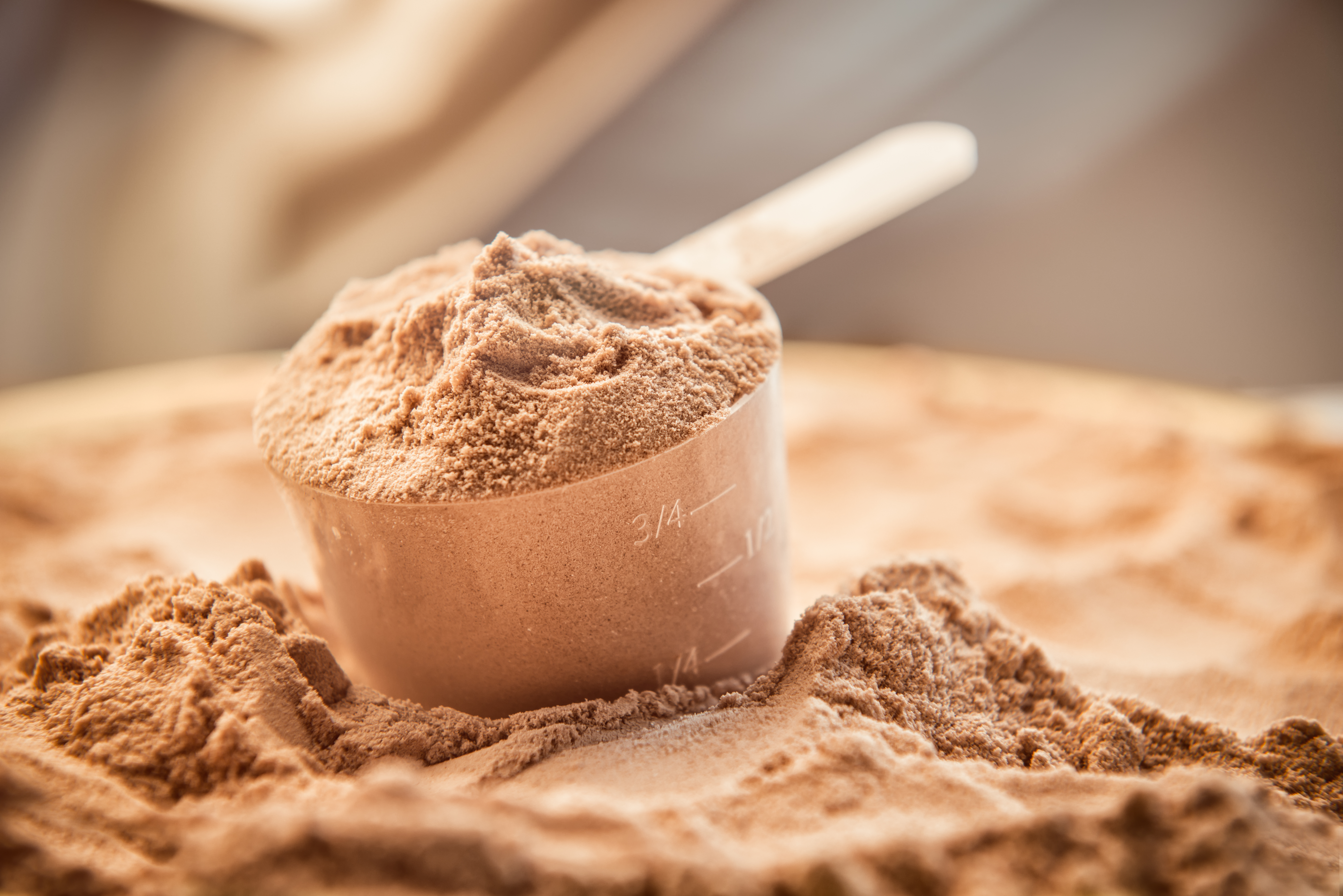THE PROBLEM: PROTEIN SPIKING
Protein Spiking is an economically motivated process of adding nitrogen containing non-protein compounds into the product to manipulate the well-known deficiencies of the existing methods and artificially boost the nitrogen content. Kjeldahl and Dumas methods, which are the most well-known and frequently used methods for nitrogen determination, don’t have the specificity to effectively screen whether the protein is spiked or not. The spiked proteins are adulterated, dangerous, and low quality products. Consumers are demanding more detailed information and transparency.

